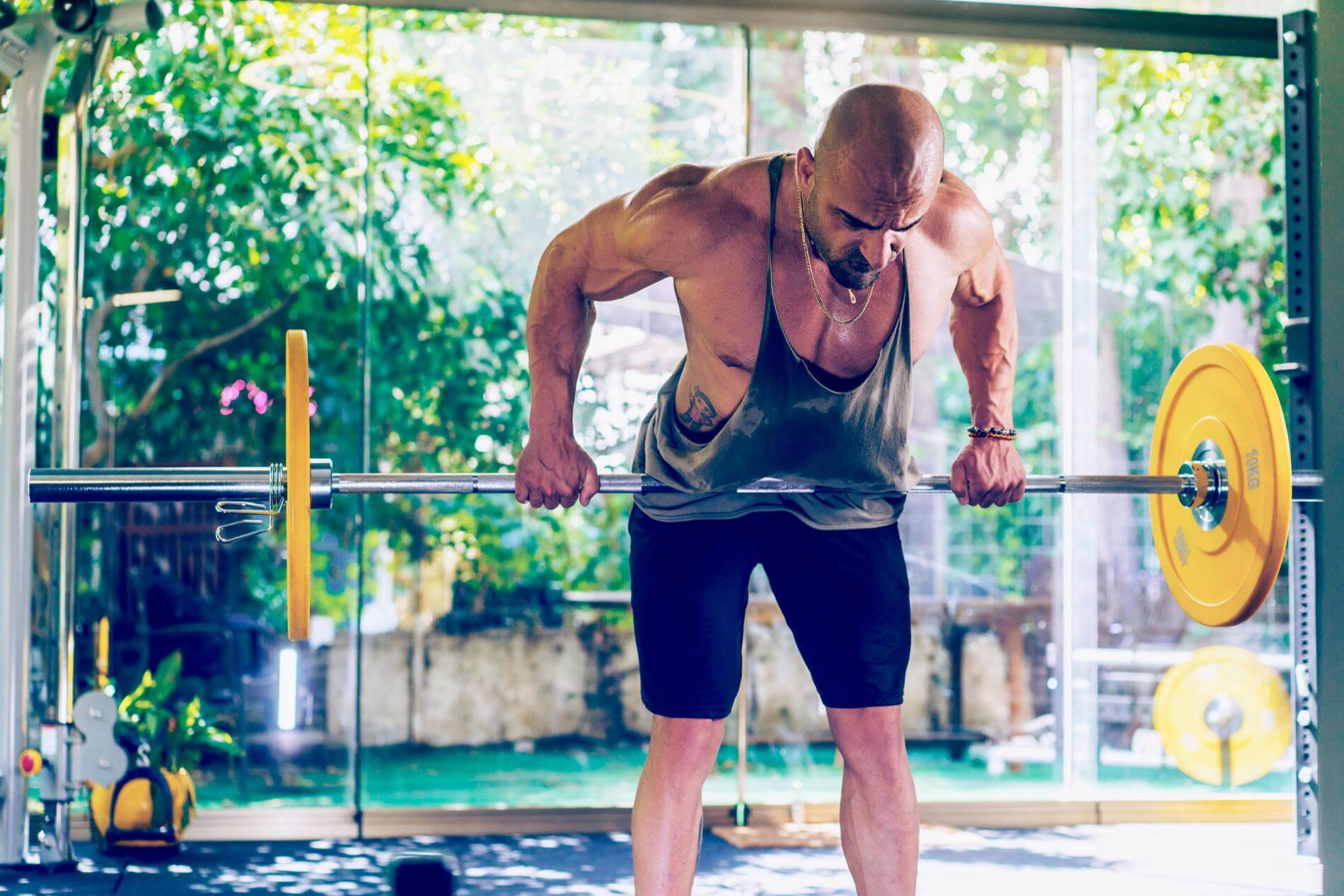How does strength change over time? Can we expect massive personal records even after years of lifting or is there an inevitable plateau that we must all accept?
Overview
What did they test? The researchers looked at how powerlifting strength changes over time.
What did they find? Powerlifters made their greatest gains over the first year of training, after which strength gains slowed down.
What does it mean for you? Managing your expectations as you get deeper in your training career is important but you should still train hard and chase progress.
What’s the Problem?
The first years of lifting weights are a wonderful time. Muscle gains come relatively easy, your body is transforming every month and personal records are shattered on a weekly basis. Remember the first few weeks of doing a new barbell movement? From being unable to stabilize the bar and barely getting a few reps without any weight, to adding 100-200lbs in the span of a few months. I distinctly remember hitting 225lb during the first year of lifting and thinking “oh, that was quick, I bet I can hit 450lb in a few years!”.
As you can imagine, that bet was not a bet that I won 🤣.
After the first few solid years of lifting, things start to slow down significantly and personal records come much harder than before. Just lifting and adding 5-20lbs to the bar every week is no longer an option and following a more structured and well-thought approach towards training becomes almost mandatory. Sure, there are genetic freaks out there who kept making gains well deep in their lifting career despite not knowing what they were doing, but for most of us, hitting that 20-40lb PR may take months of consistent and somewhat calculated hard work.
Although strength and muscle gains become much more challenging as one progresses, one’s expectations of strength progress don’t adapt accordingly. People will often expect to see the same amount of strength progress they saw during their first years of training and often feel as if they’re “stuck” if they don’t add a certain amount of weight on their lifts. Couple that with the highlight reel that is social media and you may find lifters feeling like they’re doing something wrong that is causing them not to make progress.
A population that specializes in strength training, and specifically the maximization of 1-repetition-maximum (1RM) strength, is powerlifters. If you’re unaware, “powerlifting is a strength sport in which maximal strength determines competitive success. Powerlifting is based on 3 barbell lifts (the “powerlifts”): the squat, bench press, and deadlift. In competition, a powerlifting athlete is allowed three 1RM attempts at each of the powerlifts, to achieve the highest possible powerlifting total (i.e., the sum of their highest successful lifts). In competitive powerlifting, one of the most common competitive formats is “raw” where squat, bench press, and deadlift compressive suits, shirts or knee wraps are not permitted, only allowing use of knee sleeves, wrist wraps, and a belt.” [Direct quote from one of our powerlifting papers - 2].







